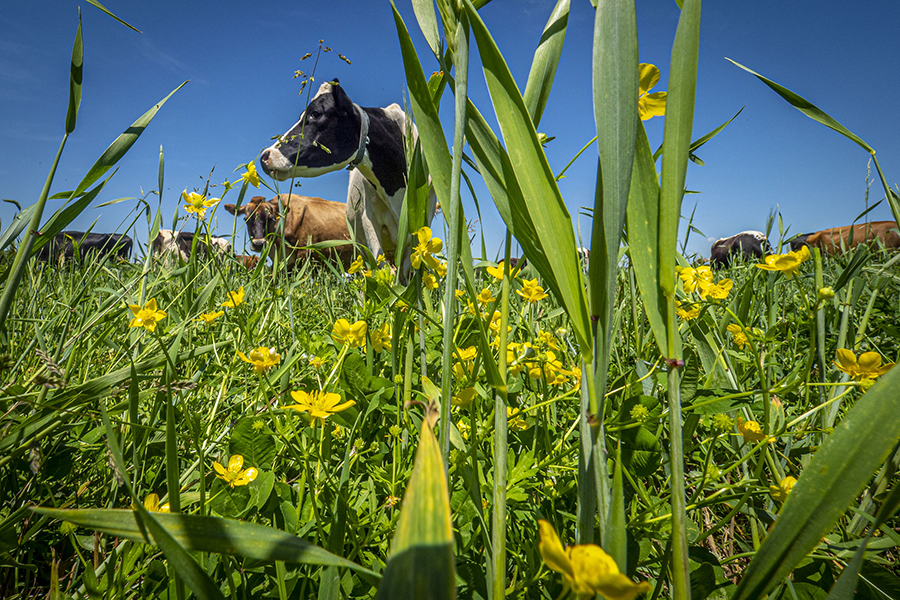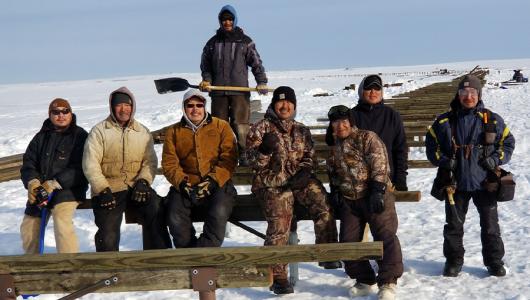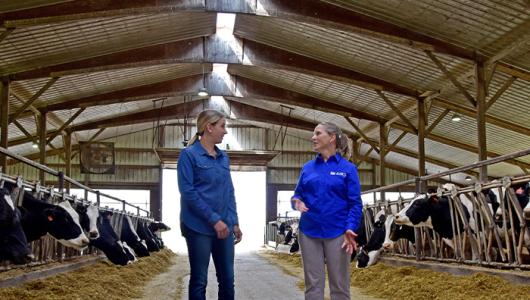Livestock market complications that reduce calf sales can cause unexpected forage demands. Droughts can compound the problem leading to forage deficiencies. Forage shortages can cause poor animal performance, overgrazed and degraded pastures, and increased expenses. The Natural Resources Conservation Service (NRCS) can help you plan and implement strategies to minimize forage deficiencies.
Forage Stockpiling
Forage stockpiling in pastures involves allowing for adequate time and moisture so that one to two tons per acre of forage can grow and become dormant. When winter feeding typically starts, the pasture is grazed, delaying the use of expensive winter hay for several weeks or longer. Practices like strip grazing using electric fences can help ensure the efficient and economic use of stockpiled forages. Learn more about stockpiling forage with the NRCS fact sheet and brochure.
Planting Cover Crops
Cover crops can be immediately planted following grain crop harvest, or during fallow in a rotation, which provides extra forage in the fall that can be harvested or grazed. Many producers are already inserting full season cover crops for grazing into their cropping rotation.

Cover Crops in Mixtures
Planting cover crops in mixtures can help address several resource concerns at the same time. Mixes can be planned to improve both the quantity and quality of land and livestock needs. NRCS has information and materials to help you choose the right species of cover crops.
Additionally, several conservation enhancements fall under the Conservation Stewardship Program, which encourages producers to comprehensively address resource concerns through additional conservation activities and improving, maintaining, and managing existing conservation activities. CSP applications are due May 29, 2020.
USDA Service Centers are open for business by phone appointment only and field work will continue with appropriate social distancing. While our program delivery staff will continue to come into the office, they will be working with our producers by phone, and using online tools whenever possible. All Service Center visitors wishing to conduct business with the FSA, NRCS, or any other Service Center agency are required to call their Service Center to schedule a phone appointment. More information can be found at farmers.gov/coronavirus.


